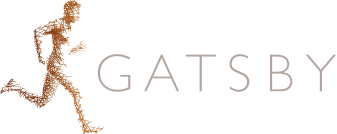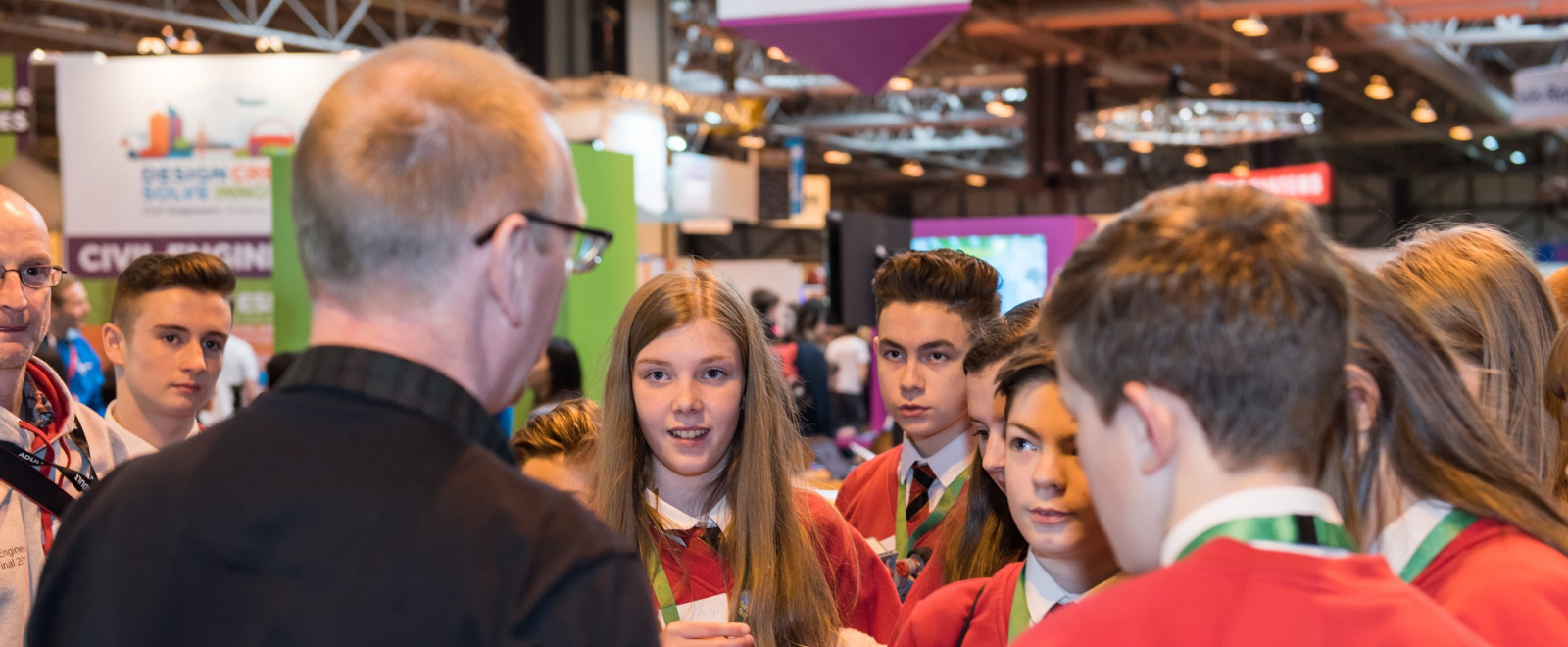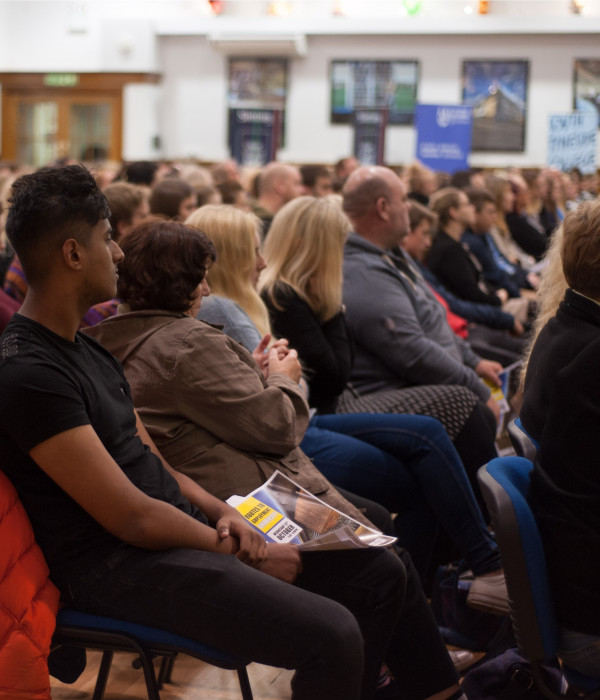Harton Academy organised an evening event exploring future education options. Local universities provided information on learning styles and financing options, and a range of professionals talked about their career pathways. The professionals had taken many different routes and qualifications to get to their position including apprenticeships, BTECs and HNDs. Students could have individual meetings with any of the speakers, and parents and carers also attended the event. The evening had a strong impact on parents and carers with one describing it as “a valuable and insightful event”.
To ensure students understood the breadth of pathways available to them Sunderland College focused on creating a Routes into STEM event, which brought together employers, higher education providers and professionals to talk about careers and the routes into it. By inviting high-profile speakers, they increased attendance at the event.
Understanding where parents and carers get their information from and challenging preconceptions of further and higher education, although a task, is imperative if you are going to reduce the potential for students receiving conflicting messages about pathways into employment. Some schools in the pilot invited parents and carers to careers events and put time into making sure they had access to up-to-date careers information throughout the school year.



